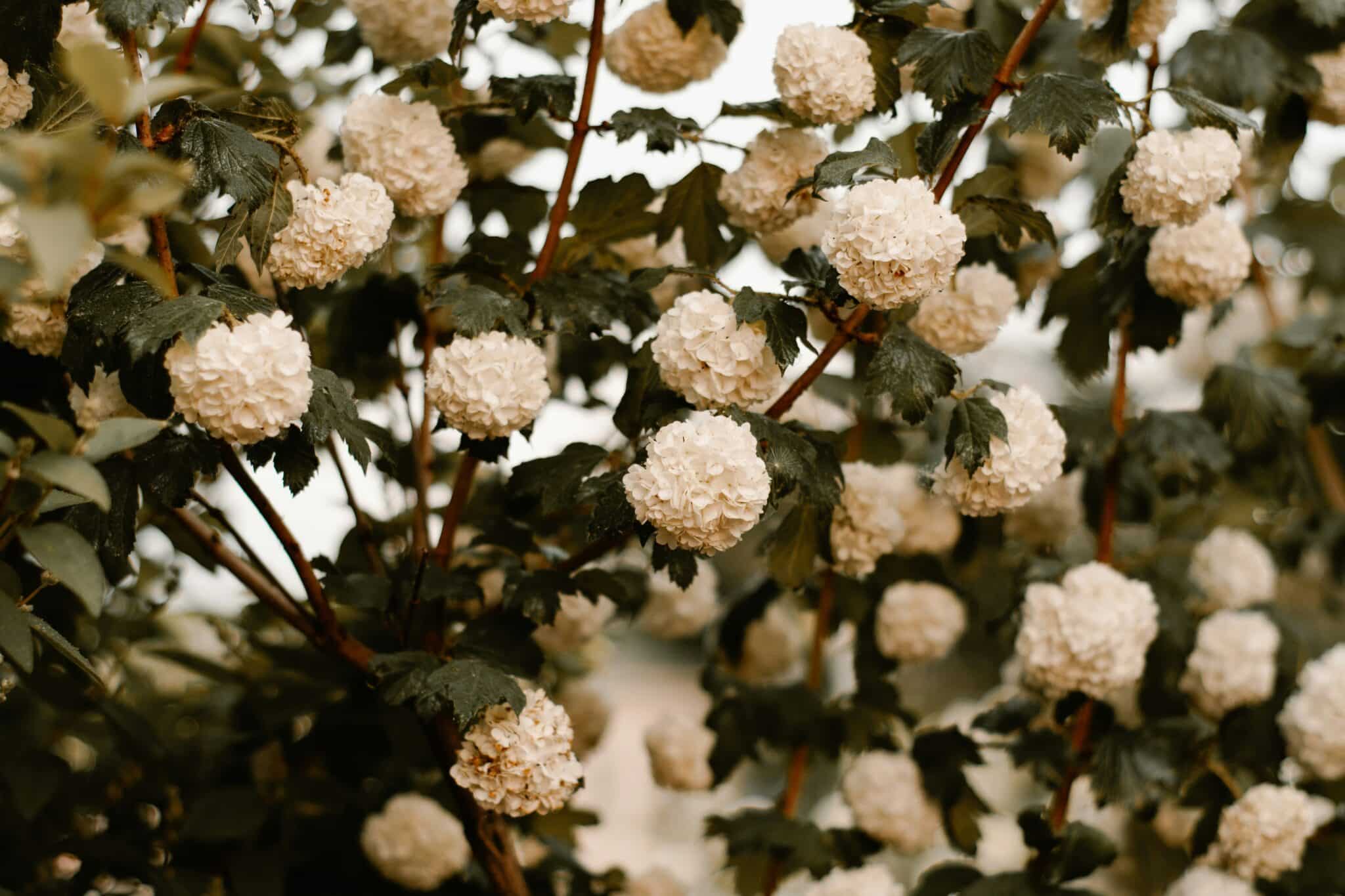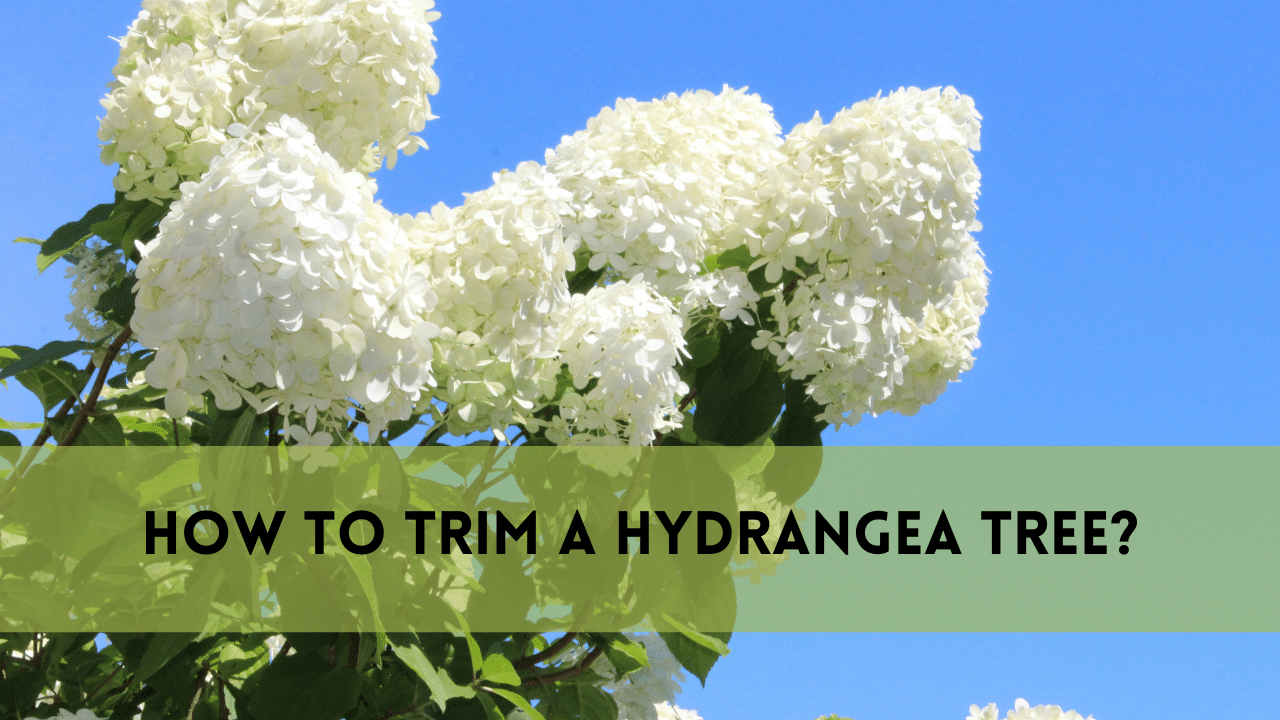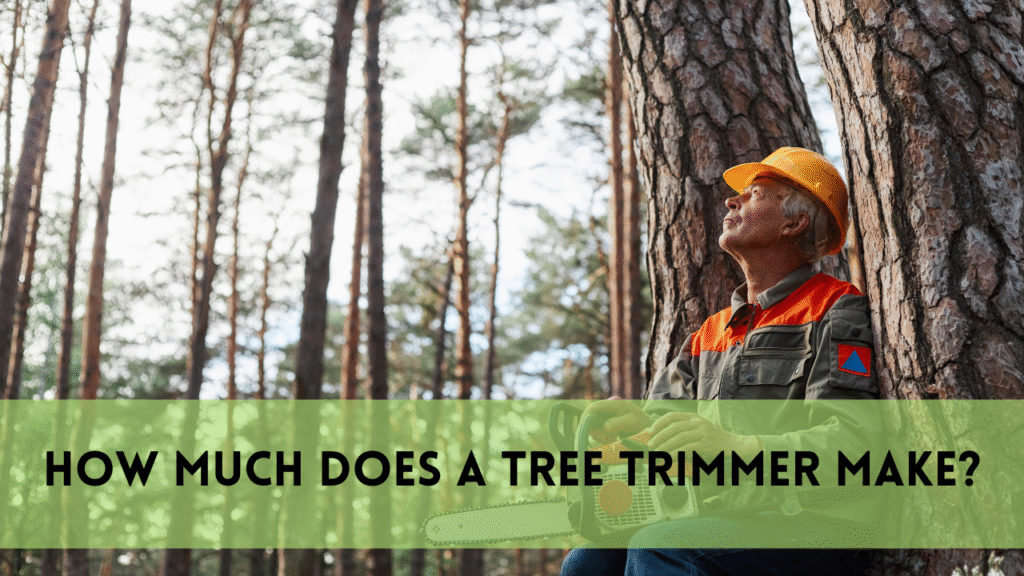Your landscape will look better and be healthier with rewarding activities like trim a hydrangea tree. The optimum growth for your hydrangea depends on using the proper techniques, whether or whether you are an expert gardener. In this lengthy post, we’ll look at specific instructions, suggestions, and guidelines on how to trim a hydrangea tree correctly.
Why Is It Necessary to Trim a Hydrangea Tree?
Before proceeding, let us first discuss the reasons behind the need to trim a hydrangea tree. Trimming helps the hydrangea maintain its shape, encourages the growth of new flowers, and gets rid of dead or damaged wood. It also enhances air circulation, protecting the plant from disease and promoting wellness in general.
What Time Is Ideal to Trim a Hydrangea Tree?
Time is always of the essence when it comes to the process to trim a hydrangea trees. The optimal time to do this task is either in the late winter or early spring, just before the beginning of the new growth season. By doing so, you prevent yourself from accidentally destroying flowers that are in the process of budding and allow the plant to focus on developing strong branches.
Equipment You Need to Trim a Hydrangea Tree
Before you begin, check that you have all of the various instruments that are required to trim a hydrangea tree. It is essential to get a pair of gloves, a sterilising solution, and a pair of pruning shears that are in good condition. Please ensure that your pruning shears are clean and sharp in order to ensure that you are able to make accurate cuts without placing unnecessary pressure on the plant.
How to Trim a Hydrangea Tree
A Comprehensive Guide to trim a Hydrangea Trees
1.Examine Your Hydrangea First
First, you should give your hydrangea tree a thorough examination. Locate any branches that are either damaged or dead, and then remove such branches. Additionally, look for areas where the branches are vulnerable or where they intersect.
2. Eliminate Diseased and Dead Wood
Your sharp trimming shears should be used to remove any diseased or dead wood for a complete and thorough removal. Crisply cut at a 45-degree angle, just above a vigorous flower, and with a little upward tilt. This puts a halt to the spread of sickness and encourages the creation of new tissue.
3. Remove Branches That Are Weak and Crossing
Find the branches that are weak or that cross over into one another. The overall structure of the hydrangea may be hindered as a result of this, and the plant may seem less appealing. Put in the effort to construct a canopy that is open and has enough ventilation.
4. Assemble Your Hydrangea
Give some thought to the form that you would want your hydrangea tree to take. To get the desired form, whether it be round, oval, or natural, you may trim it to your liking. It is important to keep in mind that hydrangeas grow on old wood; thus, if you want many blooms, you should avoid pruning them too much.
5. Prune to Promote New Development
The purposeful removal of some of the more mature branches will encourage the growth of new structures. As a result of this, light is able to get into the core of the plant, which in turn supports the development of robust new branches.
6. Recognising Blooming Types
Pruning techniques may differ throughout hydrangea kinds. For instance, you should prune your Hydrangea macrophylla (bigleaf hydrangea) as soon as it blooms if it does so on old wood.
When your Hydrangea paniculata (panicle hydrangea) blooms on new growth, in late winter or early spring, you can trim it.
7. Get Rid of Pruning Material Correctly
Make sure you properly dispose of the debris that has been pruned after pruning. This keeps the garden neat and stops the spread of illness. If the clippings don’t have any diseases, think about adding them to your compost pile.

Typical Errors to Avoid While Trimming
Avoid common trimming errors that could stunt the development and vitality of your hydrangea tree. Steer clear of over pruning, which can impede the growth of the plant and lower bloom yield. Furthermore, avoid trimming too late in the season as this could eliminate buds for the following year.
Handling Hydrangea Concerns
Despite appropriate pruning, hydrangeas might still have problems. Wilting, yellowing foliage, or a deficiency in blossoms could be signs of deeper issues. To make sure the plant gets enough nutrients, examine the soil and modify your care regimen as necessary. Your hydrangea’s general health is influenced by proper fertilisation, mulching, and watering.
Conclusion
When performed correctly, trimming a hydrangea tree enhances the reviving visual appeal of your yard. You can securely trim a hydrangea tree and enjoy the beauty of blossoming flowers by following these simple instructions. Keep in mind that every hydrangea is different, therefore observe its own requirements and traits. Cheers to your successful gardening!
By using these gardening tips, you can maintain the health of your hydrangea tree and guarantee a breathtaking show of colorful blossoms. Now that you have your pruning shears, let’s get started on improving the aesthetic appeal of your yard by learning how to prune hydrangea trees. You will undoubtedly be rewarded for your green thumb with a lush, beautiful environment.
FAQs
When should I trim my hydrangea tree?
Before new growth appears, prune your hydrangea tree in late winter or early spring. In addition to guaranteeing optimum health, this keeps possible flowers from being removed.
Is it okay to trim my hydrangea tree in the springtime?
Pruning hydrangea trees after the flowering season is often advised in order to prevent damaging potential flower buds. Time is of the essence for a colourful show.
How much pruning is necessary to achieve a balanced shape on my hydrangea tree?
Take out any weak branches and dead or diseased wood, then shape to your taste. Take care not to overprune as this could diminish the amount of flowers produced.
What should I do if I trim my hydrangea and it doesn’t bloom?
Check the variety if your hydrangea isn’t blooming. While some bloom on young wood, allowing for early spring cutting, others bloom on old wood, necessitating post-flowering pruning.
How can I trim without letting infections spread?
Make certain that your pruning shears are sharp and clean. Properly dispose of trimmed material, particularly if it exhibits symptoms of illness. A healthy garden is influenced by proper disposal.
Conclusion
It is essential to Trim a Hydrangea tree for maintaining it’s shape and promoting tree health. By cutting back dead or damaged branches and shaping the tree after flowering, you can help encourage vibrant blooms for the next season. With proper care of hydrangea tree will thrive, offering beautiful blossoms year after year.




